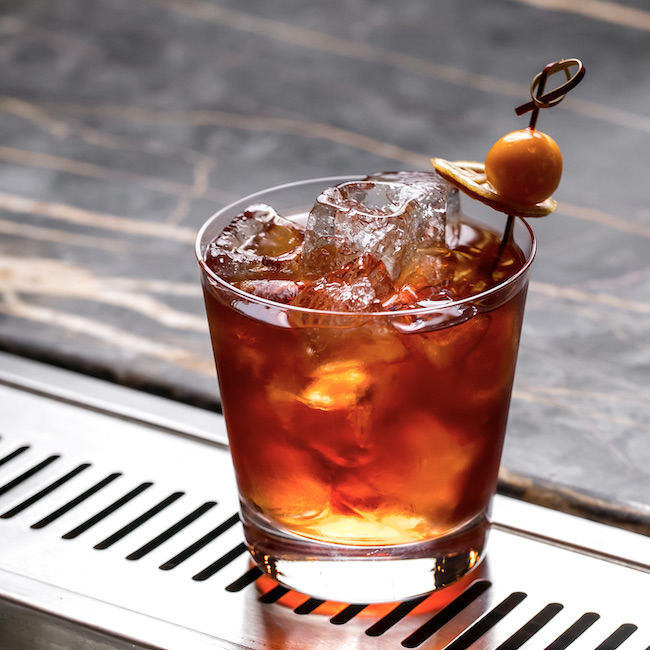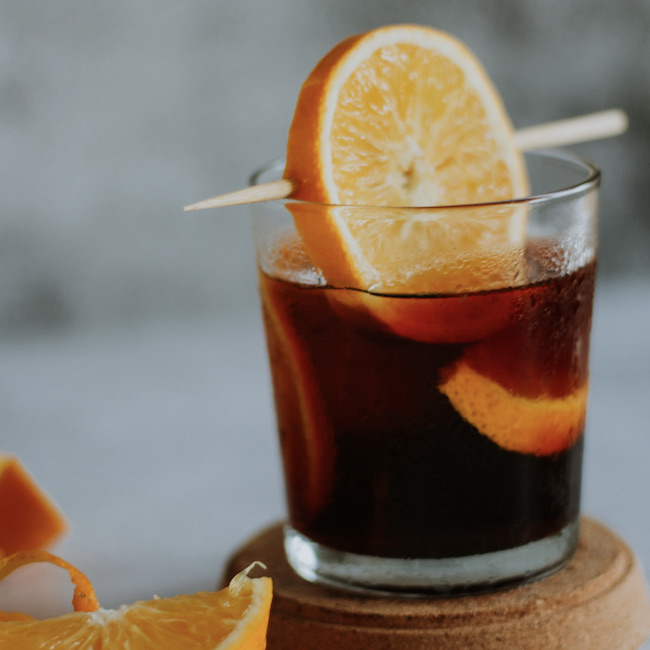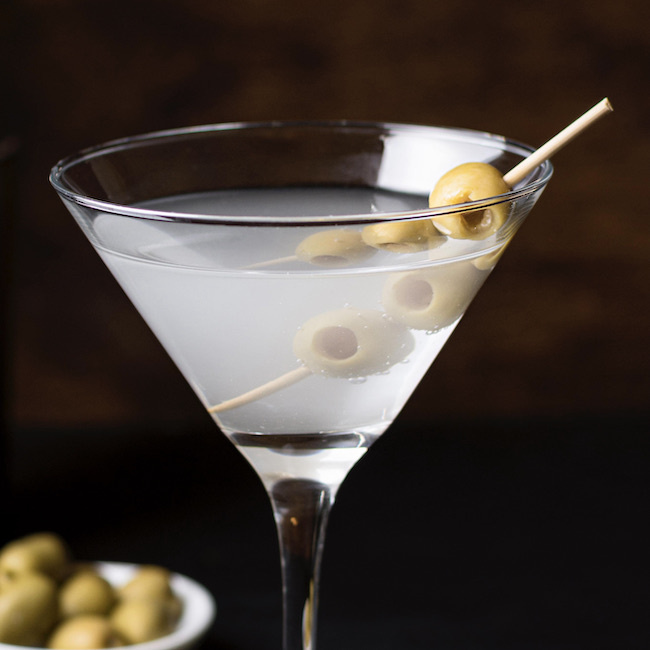.png.transform/rendition-xs/image_image%20(1).png)
Great Apéritifs: A Selection of Fine Spanish Vermouths
We take a look at white, red, and “special” vermouths. A (liquid) roadmap of the highest possible quality
Vermouth is inextricably linked to the Spanish lifestyle. This drink, which is essentially fortified wine mixed with herbs and botanicals, is an indisputable part of the Hispanic tradition of having an apéritif along with a variety of tapas, ranging from a plate of jamón ibérico to patatas bravas, croquetas, or Gildas. So much so that enjoying a drink along with a light meal before lunch is called, in Spain, "drinking vermouth", regardless of whether you have vermouth, beer, wine, or any other drink.
This has led to the huge variety of vermouths in Spain. This drink's "comeback" has led new brands, many of them backed by wineries, to join forces with longstanding ones to launch new products. It's safe to say that vermouth is more fashionable than ever.
Every year the "12 Hours of Vermouth" event is held in Madrid, where the Excellence Vermouth Awards are presented. Prestigious oenologist and sommelier Jesús Flores is the technical director at the competition, at which a panel of international judges selects the best vermouths.

The awards are organized into various categories that also reflect the different ways we understand beverages. Universo Rojo and Valsangiacomo Reserva were awarded a gold medal in the Special Vermouth Category, while Alvear Artesano obtained a silver medal.
Why would a vermouth be considered “special?” “These are vermouths that are made with unique or unusual botanicals, such as algae, for example. It also refers to those vermouths with some other special characteristic, such as being a reserva or a limited edition, or having been made in a unique way,” says Javier Fernández-Piera, who organizes the competition.
In the white vermouth category, both Biermú Blanco from Prada a Tope and Guerra Reserva were recognized with a silver medal. Meanwhile, in the incredibly popular red vermouth category, Dos Déus Origins Red Vermouth won a silver medal, the same recognition received by Vermouth La Janda, by Álvaro Domecq, and the red vermouth by Bodegas Guerra was a winner in the white vermouth category.
Apart from these winners, there are more Spanish vermouths that stood out in each category. Below is a great selection of fine Spanish drinks that should not be missed.

Special Vermouth: standing out
As we mentioned, this is a category featuring vermouths that have a special quality that sets them apart from others with respect to traditional production processes. One example is Vermut Amillo Reserva Especial, from Bodegas Altanza, an aromatized wine made from sherry wines prepared from Palomino and Pedro Ximénez grapes. It’s aged in French oak barrels for about 14 months, and received 92 points from critic James Suckling. The design itself, which resembles a perfume bottle, is truly something!
From Jerez to Rioja. San Bernabé is a vermouth that truly stands out due to its whopping selection of 49 types of botanicals, including absinthe, gentian, orange, chamomile, lemon, cinnamon, clove, and others, and its aged four about 6 months in fortified and sweetened Rioja red wine. It’s made with Macabeo, Garnacha, and Malvasía Aromática grape wines.
Finally, Zarro Limited Edition is another remarkable example of a “special” vermouth. Made in Madrid, it’s a mix of the brand’s best vermouths and is aged in barrels. It stands out thanks to its sophisticated design.

White Vermouth: “clear” and lovely
Although consumption in Spain does not compare with that of red vermouth, there are magnificent examples of this type. Back to Jerez, one remarkable example is Pando from Williams & Humbert winery. Made with the popular Fino Pando as a base, the notes of the biological aging of the Fino are present, as well as those arising from the maceration of fruits and plants.
From south to north: Petroni is made in Galicia from Albariño grapes from the vineyards of the Pazo de Arreté in Padrón, in Rías Baixas DO. It also includes 29 botanicals, featuring local herbs such as laurel, thyme, sage and lemon balm. Mediterranean character can be found in Xalar, a product from Coca i Fitó winery, in Masroig (Catalonia). It’s made from wine base and Garnacha Blanca Mistral and includes 30 plants and spices such as green anise, fennel, and citrus peels. You would recognize it by its Art Nouveau-style label!
Red Vermouth: the most popular category
Undoubtedly, red vermouths are the most commonly consumed in Spain. In the early years of the 2010, a vermouth revival occurred. One of the brands responsible for this was Casa Mariol, which released a hipster version of its Vermut Negre (red vermouth) in an iconic design by the agency Bendita Gloria. Come for the bottle but stay for the local flavors: this Negre is made using locale grapes and botanicals from Terra Alta (Catalonia).
A selection of red vermouths wouldn’t be complete without an example from Reus (Catalonia), which is considered the vermouth capital of Spain (there’s even a vermouth museum there!). One classic brand is Iris, which has been making the same unmistakable formula for decades. Also from Reus comes Yzaguirre, a favorite among fans thanks to its stylish old-school bottle and also a unique formula, in which more than 80 botanicals take part. A sip of history that is best enjoyed with ice, an olive, and a twist of orange. Salud!

